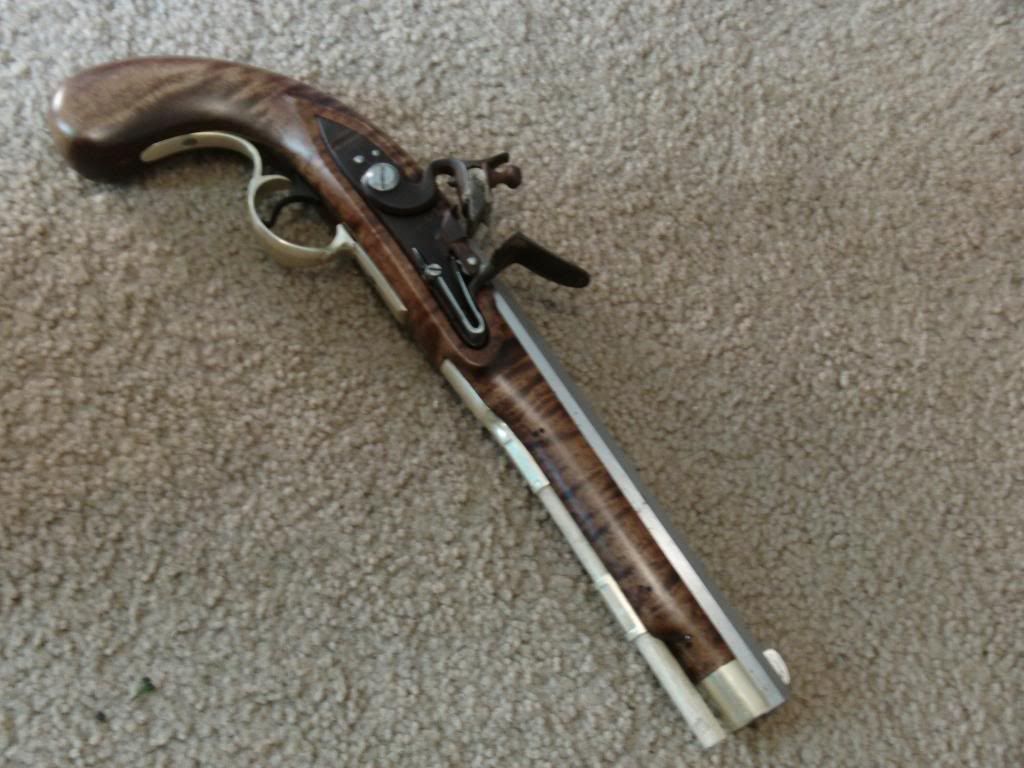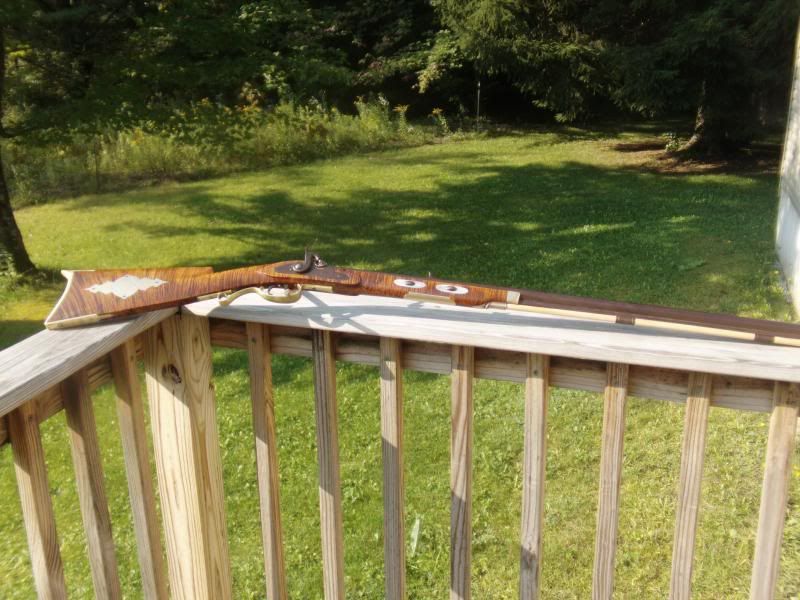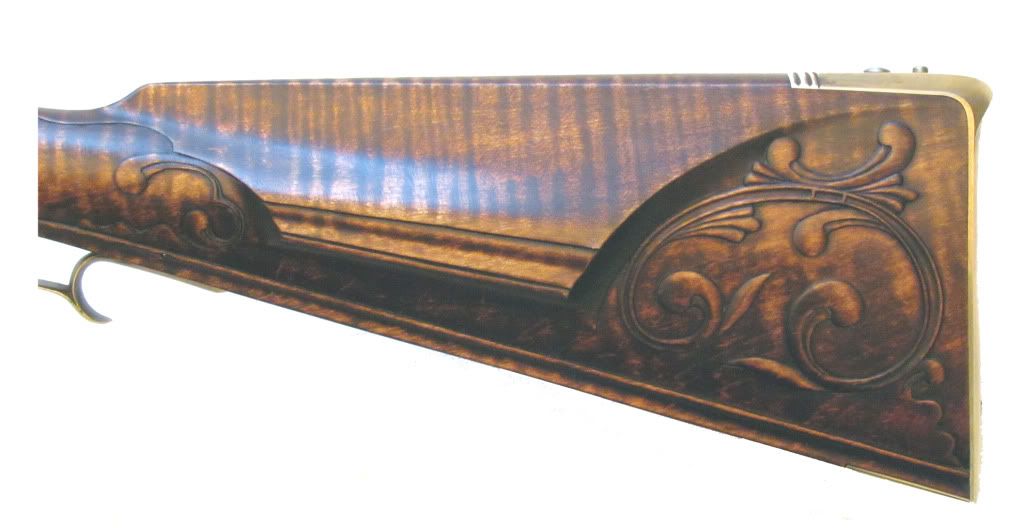WyomingWhitetail
40 Cal.
- Joined
- Oct 10, 2011
- Messages
- 208
- Reaction score
- 38
Hey guys. Im sure this has been hashed out on here before but me and the search don't seem to agree with one another. Im a long way from needing to finish the stock on my longrifle project but i do have a couple other guns to refinish and some wood arrows im working on.
Im wondering what the weather proofness of some of the various finishes used on the longrifles is. Ive been doing some reading and there are a ton of methods out there. For all the stuff i would finish it needs to be decently weather proof as most of the stuff is used for hunting. Not sure which is more traditional and holds up better a straight oil finish or a oil varnish type finish.
Any opinions on Chambers Oil Finish?
Im wondering what the weather proofness of some of the various finishes used on the longrifles is. Ive been doing some reading and there are a ton of methods out there. For all the stuff i would finish it needs to be decently weather proof as most of the stuff is used for hunting. Not sure which is more traditional and holds up better a straight oil finish or a oil varnish type finish.
Any opinions on Chambers Oil Finish?








